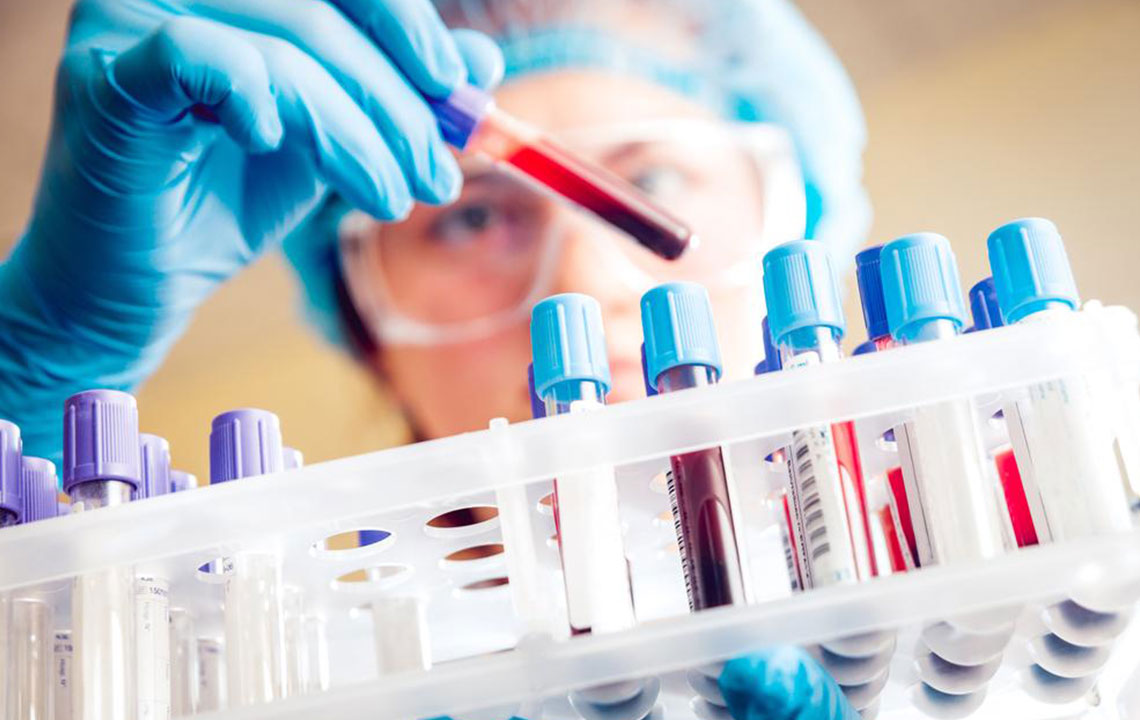A concise introduction to the different types of blood cancer

3 Major Blood Cancer Types You Should Know
Cancer in any form is life-threatening; approximately 38.5% of men and women in the country are diagnosed with one or the other type of cancer. It is common knowledge that when cancer is detected in its initial stages, there’s a possibility of curing it. However, when cancer becomes metastatic, it can only be controlled to a certain extent; it cannot be cured completely.
Studies indicate that 10.2% of the total cancer cases are that of blood cancer. Approximately every 3 minutes an individual is detected with leukemia, lymphoma, or myeloma. These are the different types of blood cancer that can affect an individual, and if left undetected can have life-threatening consequences. Blood cancers, or hematologic cancers, are known to affect the production and functioning of the blood cells. This form of cancer originates in the blood marrow before it starts affecting the blood cells.
Before a disease can affect the individual in a full-fledged manner, various symptoms surface. An individual might display the following symptoms even b efore blood cancer makes itself evident.
- Persistent fatigue or weakness
- Fever and chills
- Night sweats
- Sudden weight loss
- Joint pain
- Loss of appetite
- Headaches
- Frequent infections
- Nausea
- Itchy skin or rashes on the skin
- Abdominal discomfort
These are the common symptoms that surface when an individual suffers from blood cancer.
Types of blood cancer
As mentioned earlier, blood cancer originates from the bone marrow and later affects the production and function of the blood cells. Blood cancer is of three types- leukemia, lymphoma, and myeloma.
Leukemia
It is a type of blood cancer that affects the blood cells especially the white blood cells and affects the production of these cells and prevents them from performing their functions. When a person suffers from leukemia, the bone marrow starts producing abnormal white blood cells, called leukemia cells. Unlike the normal white blood cells that help the body in fighting infections, the leukemia cells do not perform any such function. The leukemia cell, like typical cancer cells, keep multiplying uncontrollably, and over a period of time, they crowd out the normal blood cells. When this happens, it leads to severe health issues such as anemia, infections, and bleeding. These leukemia cells can spread to the different parts of the body including the lymph nodes if they go undetected.
The types of leukemia are grouped according to what type of cells they affect and the time is taken by it to spread. It is usually grouped as – acute or chronic leukemia, and lymphocytic or myelogenous leukemia. Acute leukemia is characterized by the sudden and speedy worsening of the conditions, and the individual becomes sick very soon; whereas, in chronic leukemia, the condition worsens over a period of time and the symptoms don’t become evident right away. Lymphocytic leukemia affects the white blood cells called lymphocytes, whereas, myelogenous leukemia affects the other types of cells that go on to become granulocytes, red blood cells, or platelets.
Lymphoma
This disease is a type of blood cancer that originates from the infection-fighting cells in the immune system called the lymphocytes. The lymphocytes are present in the lymph nodes, thymus, spleen, bone marrow, and other parts of the body. When an individual suffers from lymphoma, the lymphocytes start multiplying uncontrollably and change color as well. Lymphoma is of two types- Non-Hodgkin Lymphoma and Hodgkin Lymphoma.
The causes of Non-Hodgkin Lymphoma remain unknown, and it is more common than the Hodgkin Lymphoma. Though the exact cause of this cancer isn’t known, certain health conditions such as Down syndrome, Klinefelter’s syndrome, inherited immune deficiencies, Sjogren’s syndrome, rheumatoid arthritis, celiac disease, inflammatory bowel disease, psoriasis, a family history of lymphoma, etc. can trigger this type of blood cancer.
Hodgkin Lymphoma too is devoid of any medical explanation. However, there are certain factors like presence of infectious viruses such as Epstein-Barr virus, family history of lymphoma, and certain environmental elements are known to cause this condition.
Myeloma
This disease is also known as multiple myeloma, is a type of blood cancer similar to leukemia and lymphoma. In this type of blood cancer, a particular type of white blood cells known as plasma is affected. The plasma cells, when affected, multiply at an extensive rate. The plasma cells are assigned the job of making antibodies to fight infections and protect the body. However, once the plasma cells are affected, they produce and release too much of the protein called immunoglobin into the bones and the blood. The increase in the number of immunoglobin results in severe organ damage.
The cancerous plasma cells crowd off the other normal blood cells in the bones and release chemicals that trigger other cells to dissolve bones. These weak portions of the bones created by the plasma cells are known as lytic lesions. As myeloma progresses, the plasma cells break free from the bone marrow and spread to the different parts of the body.
Like other forms of blood cancer, the causes of myeloma remain debatable. However, people are more prone to myeloma if they are older than 65 years, are of African-American descent, or have a family history of the same.
Almost every type of blood cancer can be treated in the initial stages. The most common treatment methods used for leukemia, lymphoma, and myeloma are- stem cell transplantation, chemotherapy, and radiation therapy.


